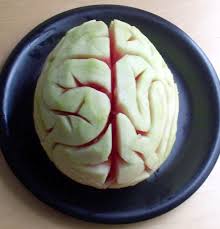Many parents dealing with tooth cavity on their children often ask the question, ‘Which is the best type of filling for my child?’ Fillings come in different kinds of material – amalgam, ceramic, composite and glass ionomers. However, there are two most common types of choices that dental patients decide when it comes to dental fillings – white fillings or silver fillings.
White Fillings – Pros and Cons
Many people prefer white fillings over silver fillings because of the following benefits:
· Many patients report less sensitivity or discomfort after the treatment
· Ideal for young patients due to less sensitivity post-treatment
· Less removal of tooth structure
· There’s no health risks involved in the use of white composite fillings
· Since it is white in color, the dentist can easily blend the color to the adjacent teeth.
However, there are some downsides to this option that you should know:
· White fillings are a bit expensive than silver fillings.
· Using composite material demands higher level of expertise on the dentist’s part. This explains the higher cost.
Silver Fillings – Pros and Cons
Still today, many dentist still offer silver fillings to dental patients. There are several reasons why some patients prefer this option:
· Treatment using silver filling takes less time
· Application of silver filling doesn’t require advanced tools, which lowers the cost of treatment
· Has been used for many years, with an long-term record in term of safety
Unfortunately, there are a number of downsides with the use of silver fillings:
· A bigger amount of natural tooth structure needs to be removed to apply the silver filling. This can further weaken the tooth, making them prone to breaking.
· Changes in temperature in the mouth can cause the filling to expand which can damage the tooth.
· Some patients are worried of the potential health risks of the mercury present in amalgam filling.
· Silver amalgam is very noticeable and does not look natural. This may not look pleasant if your child has a mouth filled with cavities.
Even though the materials and techniques on dental fillings are improving day by day, prevention is still better – which means, having no filling at all. Dental cavities can be prevented through proper brushing habit, having low sugar diet, eating foods rich in calcium and phosphorus and following your routine dental check-ups.






























